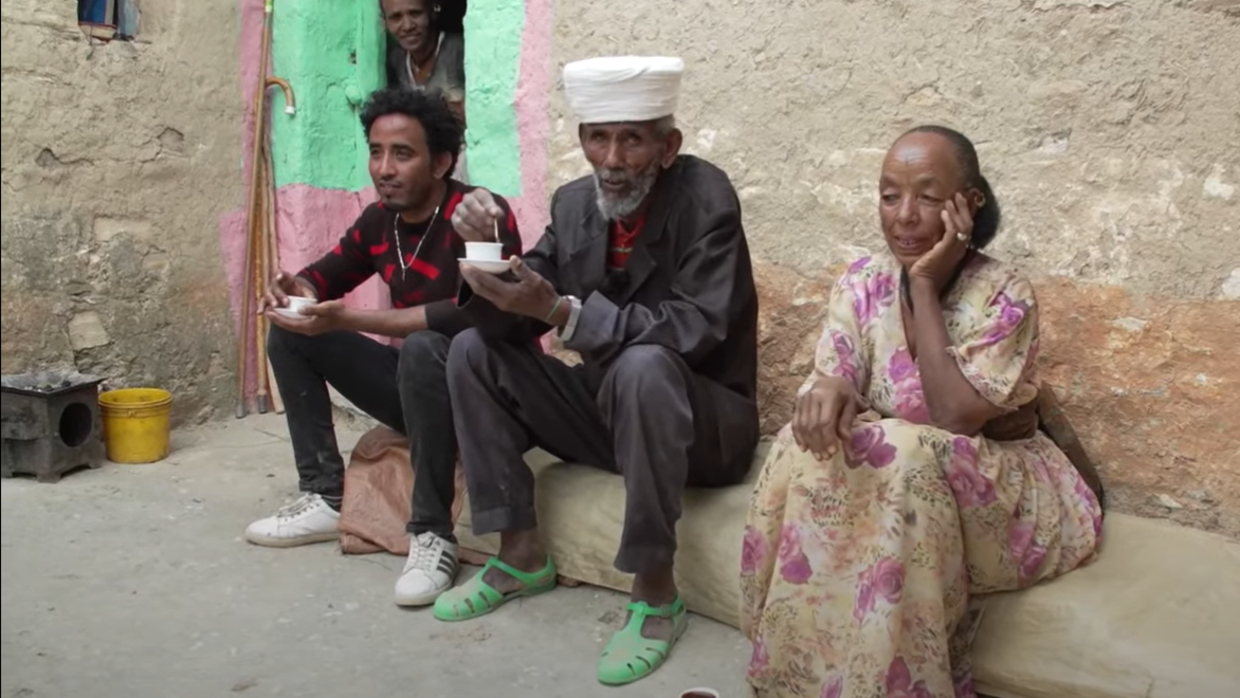
Issued on: Modified:
Considered by some to be the greatest moderniser of Ethiopia, Haile Selassie is also the man who let his people starve to death during several major famines. The story of Selassie, who was overthrown in a 1974 coup, was consigned to the dustbin of history for years before renewed interest in 2019. Our reporters retraced his controversial legacy.
“King of kings”, “Conquering lion of the tribe of Judah”, “Light of the World”… During his reign, there was no shortage of superlatives to describe Haile Selassie I – a direct descendant, according to legend, of King Solomon and the Queen of Sheba. Today, 45 years after his death, the emperor is still considered by many to be one of the greatest modernisers of Ethiopia.
At the helm of the country for more than 40 years, Selassie carved out an anti-colonial image during his victory over the invasion of Mussolini’s forces in 1937. With help from the UK, he allowed his country to preserve its independence. Despite being militarily occupied for five years by the Italians, Ethiopia is the only African country never to have been colonised.
The emperor also shaped Ethiopia through his reforms: he is responsible for the University of Addis Ababa, as well as the creation of Ethiopian Airlines. But his greatest achievement remains the decision to build the headquarters of the Organisation of African Unity, now known as the African Union, in the Ethiopian capital. Selassie is still considered one of the founding fathers of the pan-African organisation.
The man and the myth
His aura even extends far beyond Africa. The Rastafarian movement born in Jamaica idolises him, seeing in Selassie the reincarnation of Jesus Christ. Meanwhile, singer Bob Marley immortalised his 1963 speech to the UN, denouncing the atrocities of the Italian fascists, in the song “War” in 1976.
But the last emperor of Ethiopia also has a dark side, which his critics are keen to point out. He is the man of the terrible famines of 1958, 1966 and 1973. The memory of his sumptuous birthday party costing $35 million, while his population was starving to death, has spoiled his legacy. His inaction caused the death of hundreds of thousands of people, before leading to his downfall. Driven from power on September 12, 1974 by the Marxist-Leninist Derg junta, led by Colonel Mengistu, the emperor died shortly afterwards in unexplained circumstances.
The memory of Selassie, consigned to the dustbin of history by the Communist dictatorship, suddenly returned to the fore in 2019. A statue of him was inaugurated at the African Union headquarters, in Addis Ababa, as a tribute. Prime Minister Abiy Ahmed also paid tribute to him during the opening to the public of the historic Imperial Palace, the seat of all governments for more than a century, which was previously reserved only for elites. As for his former apartments, currently being renovated thanks to French aid, they too should soon become accessible.
Just as Emperor Selassie and his policies divided Ethiopia over the past 80 years, the myth of this multi-faceted emperor continues to fascinate more than ever.
Source: France 24
